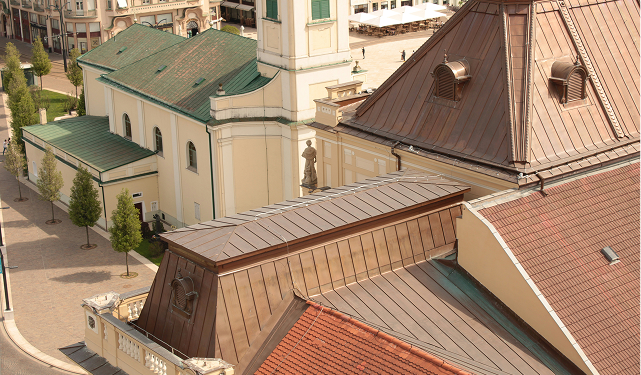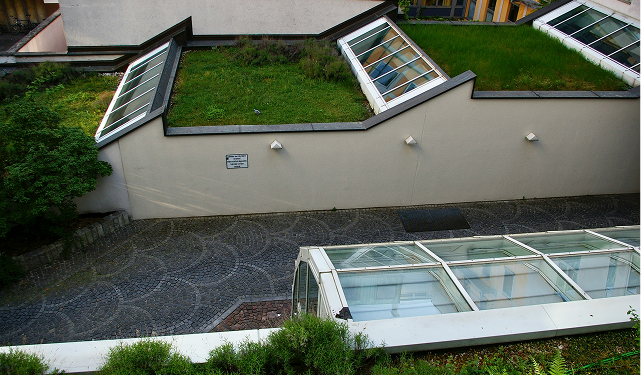The Roof Designs
Rethinking Roofs: Past, Present, and Future
Roofs are often overlooked as purely functional elements, but they carry cultural, structural, and aesthetic significance. From ancient clay tiles to futuristic green solutions, roof design has always been about more than just protection.
A Brief History of Roof Architecture
Historically, roofs have been closely tied to regional climate and available materials. For example:
- Thatched roofs were common in European villages due to local agriculture
- Curved clay tiles dominated Mediterranean regions to cope with heat
- Flat roofs in Middle Eastern architecture doubled as living spaces
Contemporary Trends in Roof Design
Modern architects are now experimenting with roof surfaces more than ever. We’re seeing a rise in:
- Green roofs that support vegetation and manage stormwater
- Solar-integrated tiles and energy-efficient slope systems
- Multi-functional roofs that include social or recreational zones
Designing for the Future
As sustainability becomes a central concern, roofs will evolve from passive surfaces into active systems. This means using materials that reflect heat, systems that harvest rainwater, and even AI-powered shading components. The roof of tomorrow is smart, adaptive, and deeply integrated with the building it protects.

